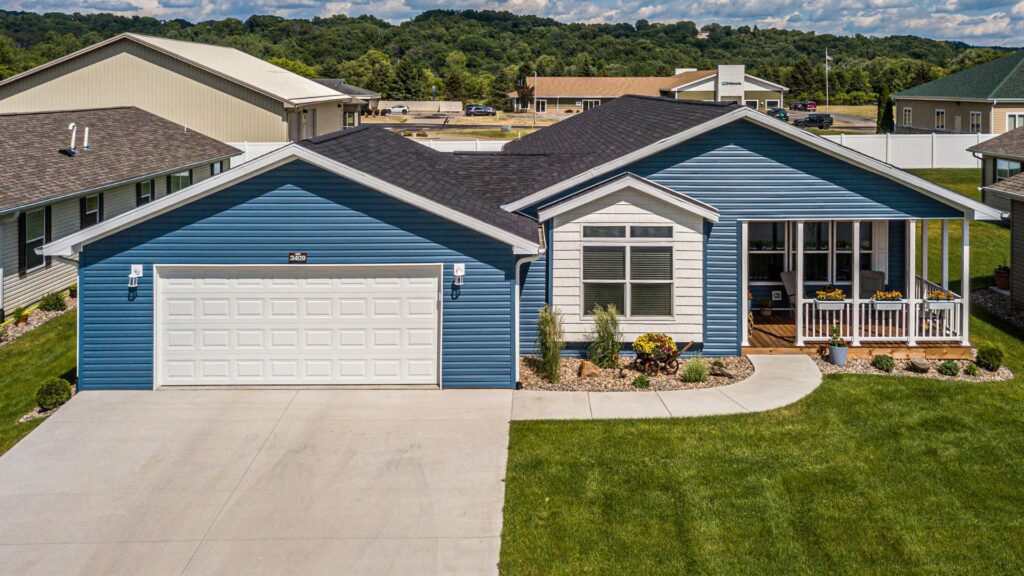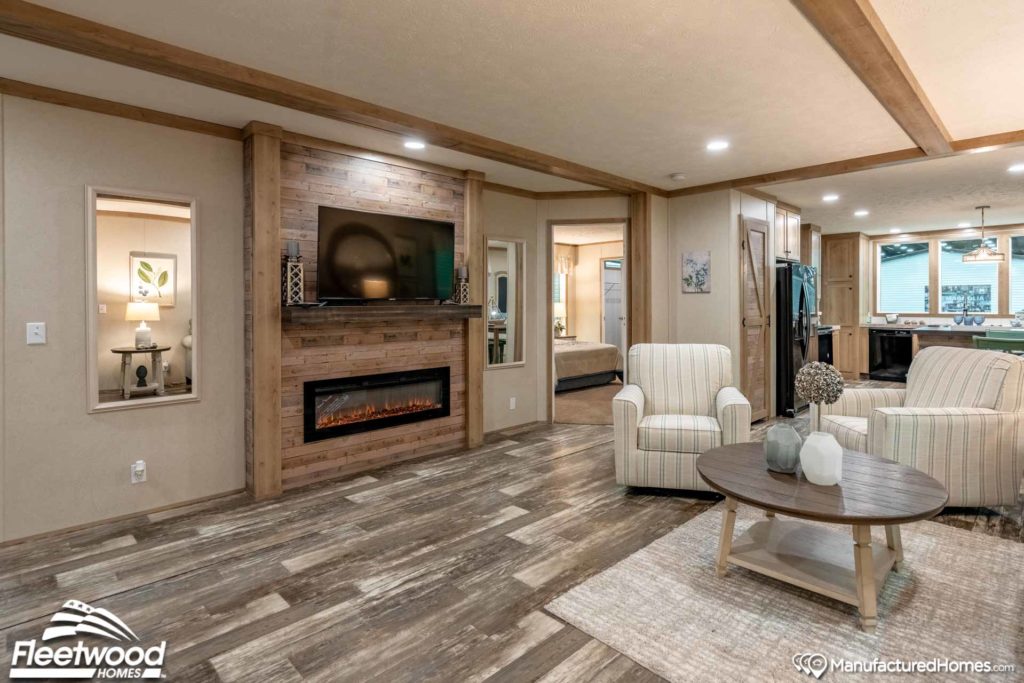Are you dreaming of a new home but overwhelmed by the thought of lengthy construction timelines and endless on-site work? What if there were a way to streamline the process and move into your dream home sooner than you ever imagined? Modular homes might be the answer, promising efficiency without sacrificing quality.
Unlike conventional homes that are built piece by piece on-site, modular homes are assembled in a factory, transported in sections, and then pieced together on a permanent foundation at the desired location. This process not only reduces construction time but also minimizes environmental impact and labor costs.
While modular homes provide significant advantages, one question often remains: How long does it really take to build from foundation to finish? Understanding the timeline is crucial for prospective homeowners eager to move in and call their new space home.
The Timeline of Building a Modular Home
The timeline for constructing a modular home can vary depending on several factors such as the complexity of the design, customization options, and location-specific requirements. However, the process is typically faster than traditional homes. Let’s break down the stages to provide a clearer picture:
1. Design and Planning (1 to 3 Months)
The initial stage involves selecting the design and making customizations. This period can range from a couple of weeks to a few months, depending on the complexity of the home and the decision-making speed of the homeowner. During this stage, you will work with architects and designers to create a blueprint that reflects your preferences and meets any local building codes.
2. Permitting and Site Preparation (1 to 2 Months)
Like any construction project, obtaining the necessary permits is essential. While this process can take time, modular homes often have an edge because many portions of the home are pre-approved as they meet standard building codes. Concurrently, site preparation—including laying the foundation, installing utilities, and ensuring the site is ready for installation—occurs. This stage can overlap with the factory construction process, saving valuable time.
3. Factory Construction (2 to 4 Months)
Once the design and site preparation stages are underway or completed, the focus shifts to the factory where the modular home sections, or modules, are constructed. This phase is a significant advantage of modular construction because it occurs in a controlled environment. This setting mitigates delays caused by weather and provides consistent quality assurance through rigorous inspections.
During these few months, skilled workers assemble the home using precision tools and techniques. Walls, floors, ceilings, and key features such as plumbing and electrical systems are integrated into each module. Thanks to assembly line efficiencies, this phase is remarkably swift, with meticulous attention to detail ensuring that all components align perfectly when they reach the site. Once completed, each section is thoroughly inspected to ensure compliance with building standards and client specifications.
4. Transportation and Installation (1 to 2 Weeks)
After factory construction, the modules are transported to the home site. The logistics of this stage, involving specialized trailers equipped to handle large structures, are expertly managed to ensure the safe delivery of each module.
Upon arrival, a crane and a team of skilled workers work in tandem to lift and precisely place each module onto the prepared foundation. Proper alignment is critical; hence, meticulous adjustments ensure that all sections fit seamlessly together. This stage is not just about physical placement—it’s akin to piecing together a puzzle where precision is paramount to ensure structural integrity.
Once the modules are aligned and set, they are secured to the foundation, integrating them fully into the site’s infrastructure. This step involves anchoring the modules to prevent any movement, which is especially crucial for stability and safety.
Then, the construction team focuses on connecting plumbing, electrical, and HVAC systems. These critical components, pre-installed partially during the factory phase, are seamlessly linked on-site to ensure functionality.
Due to the pre-fabrication work done, what’s left might involve minor cosmetic adjustments like sealing gaps between modules and touching up exterior finishes. These final adaptations are completed swiftly to maintain the home’s aesthetic appeal and weatherproofing integrity.
The speed and efficiency of this phase highlight a key advantage of modular home construction: minimal disruption. Unlike traditional home building, which often sees extended periods of construction-related noise and inconvenience, residents in neighboring areas are seldom impacted by this quick, orchestrated process.
Once installation and system connections are complete, a final inspection ensures that everything adheres to local building codes and standards. This comprehensive check is essential for certification and ultimately for the peace of mind of new homeowners. With everything in place, the modular home is one step closer to being move-in ready. This finalization stage not only confirms compliance but also serves as a crucial checkpoint for quality assurance, guaranteeing that all construction processes have been executed to the highest standards.
Get Started Today
If you’re interested in learning more about modular homes, contact Family Dream Homes. We’re here to help with any questions you may have!


